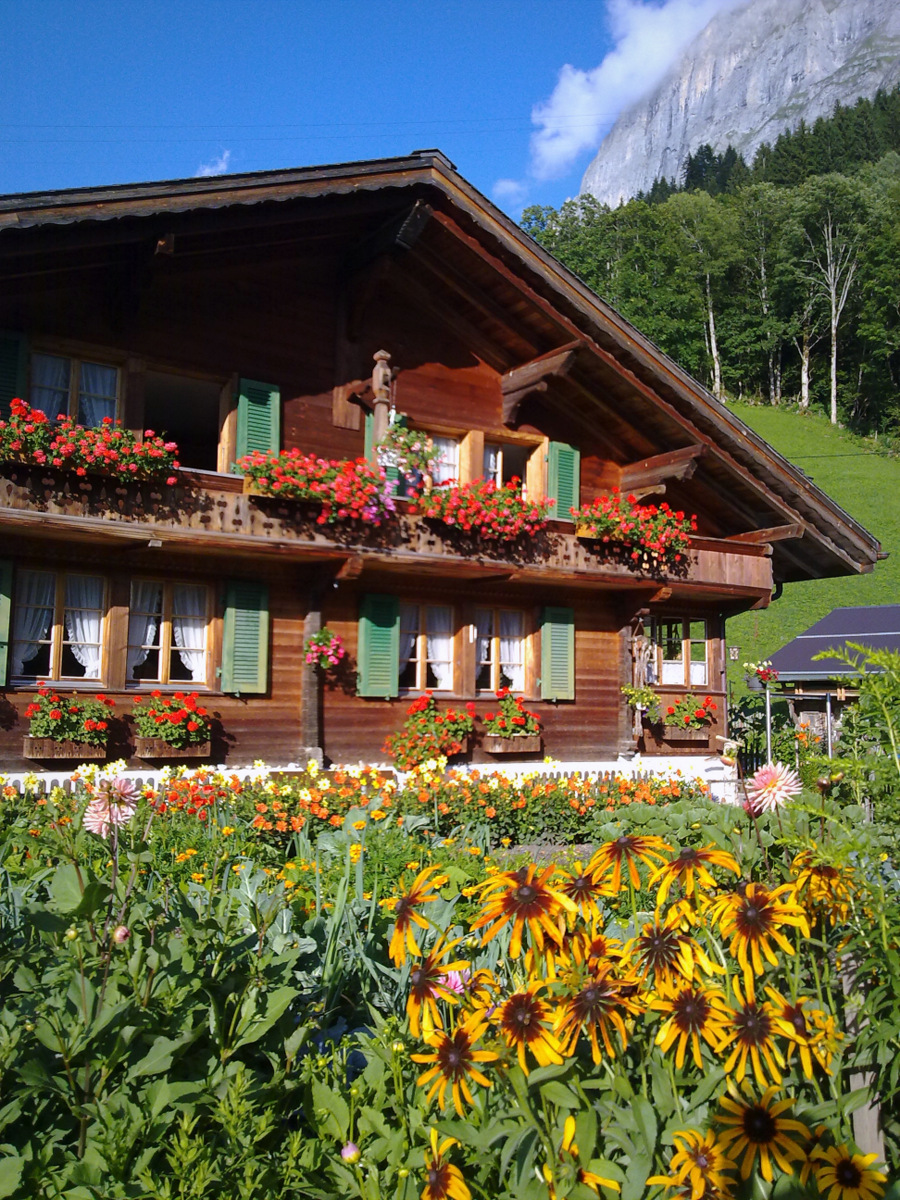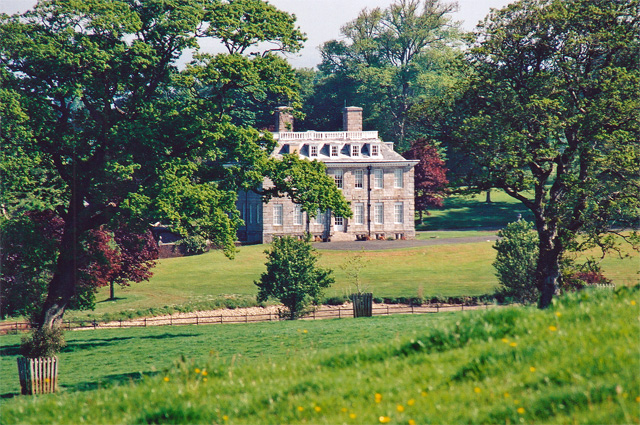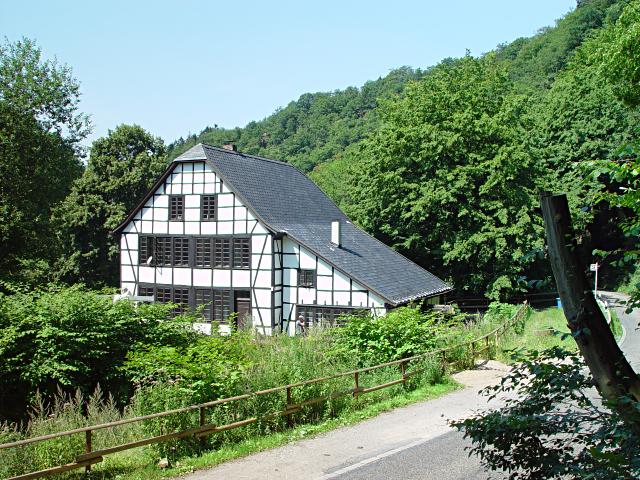|
Cottage
A cottage, during Feudalism in England, England's feudal period, was the holding by a cottager (known as a cotter or ''bordar'') of a small house with enough garden to feed a family and in return for the cottage, the cottager had to provide some form of service to the manorial lord.Daniel D. McGarry, ''Medieval history and civilization'' (1976) p 242 However, in time cottage just became the general term for a small house. In modern usage, a cottage is usually a modest, often cosy dwelling, typically in a rural or semi-rural location and not necessarily in England. The cottage orné, often quite large and grand residences built by the nobility, dates back to a movement of "rustic" stylised cottages of the late 18th and early 19th century during the Romantic movement. In British English the term now denotes a small dwelling of traditional build, although it can also be applied to modern construction designed to resemble traditional houses (" mock cottages"). Cottages may be ... [...More Info...] [...Related Items...] OR: [Wikipedia] [Google] [Baidu] |
Cottage Garden
The cottage garden is a distinct style that uses informal design, traditional materials, dense plantings, and a mixture of ornamental and edible plants. English in origin, it depends on grace and charm rather than grandeur and formal structure. Homely and functional gardens connected to cottages go back centuries, but their stylized reinvention occurred in 1870s England, as a reaction to the more structured, rigorously maintained estate gardens with their formal designs and mass plantings of greenhouse annuals. The earliest cottage gardens were more practical than today's, with emphasis on vegetables and herbs, fruit trees, perhaps a beehive, and even livestock. Flowers, used to fill spaces, gradually became more dominant. The traditional cottage garden was usually enclosed, perhaps with a rose-bowered gateway. Flowers common to early cottage gardens included traditional florists' flowers such as primroses and violets, along with flowers with household use such as calendula and ... [...More Info...] [...Related Items...] OR: [Wikipedia] [Google] [Baidu] |
Cottage Orné
Cottage orné () dates back to a movement of "rustic" stylised cottages of the late 18th and early 19th centuries during the Romantic movement, when some sought to discover a more natural way of living as opposed to the formality of the preceding Baroque and Neoclassical architectural styles. English Heritage define the term as "A rustic building of picturesque design." They often feature well-shaped thatch roofs with ornate timberwork. England In England, cottage orné were often built by the landed wealthy either as rustic retreats for themselves or as embellishments for their estates. They were not necessarily cottages in the usual sense of a small dwelling for the rural poor: examples range from the cluster of retirement cottages built by a Bristol banker for his retired staff at Blaise Hamlet to the expansive Royal Lodge, built by king George IV for his own use. Houghton Lodge, Hampshire, is a fine example witbeautiful gardens The cottage orné is the archetypal " chocol ... [...More Info...] [...Related Items...] OR: [Wikipedia] [Google] [Baidu] |
Holiday Cottage
A holiday cottage, holiday home, vacation home, or vacation property is accommodation used for holiday vacations, corporate travel, and temporary housing often for less than 30 days. Such properties are typically small homes, such as cottages, that travelers can rent and enjoy as if it were their own home for the duration of their stay. The properties may be owned by those using them for a vacation, in which case the term second home applies; or may be rented out to holidaymakers through an agency. Terminology varies among countries. In the United Kingdom this type of property is usually termed a ''holiday home'' or ''holiday cottage''; in Australia, a ''holiday house/home'', or ''weekender''; in New Zealand, a ''bach'' or ''crib''. Characteristics and advantages Today's global short-term vacation property rental market is estimated to be worth $100 billion. The holiday cottage market in both Canada and the UK is highly competitive – and big business. Numbers United ... [...More Info...] [...Related Items...] OR: [Wikipedia] [Google] [Baidu] |
Dacha
A dacha ( rus, дача, p=ˈdatɕə, a=ru-dacha.ogg) is a seasonal or year-round second home, often located in the exurbs of post-Soviet countries, including Russia. A cottage (, ') or shack serving as a family's main or only home, or an outbuilding, is not considered a dacha, although some dachas recently have been converted to year-round residences and vice versa. The noun "dacha", coming from verb "davat" (''to give''), originally referred to land allotted by the tsar to his nobles; and indeed the dacha in Soviet times is similar to the allotment in some Western countries – a piece of land allotted, normally free, to citizens by the local government for gardening or growing vegetables for personal consumption. With time the name for the land was applied to the building on it. In some cases, owners occupy their dachas for part of the year and rent them to urban residents as summer retreats. People living in dachas are colloquially called ''dachniki'' (); the term usually r ... [...More Info...] [...Related Items...] OR: [Wikipedia] [Google] [Baidu] |
Chalet
A chalet (pronounced in British English; in American English usually ), also called Swiss chalet, is a type of building or house, typical of the Alpine region in Europe. It is made of wood, with a heavy, gently sloping roof and wide, well-supported eaves set at right angles to the front of the house. Definition and origin The term ''chalet'' comes from the Arpitan-speaking part of Switzerland and the French Savoy region, and originally referred to the hut of a herder. It was often embedded in the ground for the sake of temperature buffering. Many chalets in the European Alps were originally used as seasonal farms for dairy cattle, which would be brought up from the lowland pastures during the summer months. The herders would live in the chalet and make butter and cheese in order to preserve the milk produced. These products would then be taken, with the cattle, back to the low valleys before the onset of the alpine winter. The chalets would remain locked and unused during th ... [...More Info...] [...Related Items...] OR: [Wikipedia] [Google] [Baidu] |
Tied Cottage
In the United Kingdom, a tied cottage is typically a dwelling owned by an employer that is rented to an employee: if the employee leaves their job they may have to vacate the property; in this way the employee is tied to their employer. While the term originally applied mainly to cottages, it may be loosely applied to any tied accommodation from a small flat to a large house. The concept is generally associated with agriculture, but may occur in a wide range of occupations. The concept has been in use at least since the 18th century. There has been considerable debate, particularly in the 20th century, over whether the system is fair to occupiers, and a number of laws have been enacted or amended to improve their security of tenure. The concept still exists, though in a substantially different form from the original idea. History Partly as a result of the Enclosure Acts of the 18th and 19th centuries, which denied free access by working-class people to common land, rural people be ... [...More Info...] [...Related Items...] OR: [Wikipedia] [Google] [Baidu] |
Yealmpton
Yealmpton () is a village and civil parish in the English county of Devon. It is located in the South Hams on the A379 Plymouth to Kingsbridge road and is about from Plymouth. Its name derives from the River Yealm that flows through the village. At the 2001 census, it had a population of 1,923, falling to 1,677 at the 2011 census. There is an electoral ward of the same name. The population of this ward in 2011 was 2,049. Yealmpton is home to a 400-year-old stone cottage, where it is said a version of the famous rhyme Old Mother Hubbard was written. It is also the site of Kitley Caves, including the now closed Kitley Show Cave, where green marble was quarried; there is an arch of it in the British Museum. John Pollexfen Bastard (1756–1816) a British Tory politician, landowner and colonel of the East Devonshire Militia, lived at Kitley House, Yealmpton. Parish church The parish church is dedicated to St Bartholomew and was designed by William Butterfield. It dates from 18 ... [...More Info...] [...Related Items...] OR: [Wikipedia] [Google] [Baidu] |
Cotter (farmer)
Cotter, cottier, cottar, or is the German or Scots term for a peasant farmer (formerly in the Scottish Highlands for example). Cotters occupied cottages and cultivated small land lots. The word ''cotter'' is often employed to translate the recorded in the Domesday Book, a social class whose exact status has been the subject of some discussion among historians, and is still a matter of doubt. According to Domesday, the were comparatively few, numbering fewer than seven thousand people. They were scattered unevenly throughout England, located principally in the counties of Southern England. They either cultivated a small plot of land or worked on the holdings of the . Like the , among whom they were frequently classed, their economic condition may be described as free in relation to everyone except their lord. A cottar or cottier is also a term for a tenant who was renting land from a farmer or landlord. Scotland Cottars were between a third and a half of the rural populati ... [...More Info...] [...Related Items...] OR: [Wikipedia] [Google] [Baidu] |
Accusative
The accusative case (abbreviated ) of a noun is the grammatical case used to mark the direct object of a transitive verb. In the English language, the only words that occur in the accusative case are pronouns: 'me,' 'him,' 'her,' 'us,' and ‘them’. The spelling of those words will change depending on how they are used in a sentence. For example, the pronoun ''they'', as the subject of a sentence, is in the nominative case ("They wrote a book"); but if the pronoun is instead the object, it is in the accusative case and ''they'' becomes ''them'' ("The book was written by them"). The accusative case is used in many languages for the objects of (some or all) prepositions. It is usually combined with the nominative case (for example in Latin). The English term, "accusative", derives from the Latin , which, in turn, is a translation of the Greek . The word may also mean "causative", and this may have been the Greeks' intention in this name, but the sense of the Roman translation h ... [...More Info...] [...Related Items...] OR: [Wikipedia] [Google] [Baidu] |
Manorial Roll
A manorial roll or court roll is the roll or record kept of the activities of a manorial court, in particular containing entries relating to the rents and holdings, deaths, alienations, and successions of the customary tenants or copyholders."court roll, n.". ''OED Online''. November 2010. Oxford University Press The records were invariably kept in roll form in the Middle Ages, but in the post-medieval period were more usually entered into volumes. Despite this change of format, the records often continued to be known as ''court rolls'', although the term ''court books'' is also found. The rolls record the meetings of the manorial court, either court leet or court baron, or views of frankpledge. Entries usually began with the date; a list of jurors (selected from the manor); and apologies and/or fines for those manorial tenants unable to attend the court. General matters such as a failure to maintain highways or gates are followed by specific items such as the death and inherita ... [...More Info...] [...Related Items...] OR: [Wikipedia] [Google] [Baidu] |
Hermitage (religious Retreat)
A hermitage most authentically refers to a place where a hermit lives in seclusion from the world, or a building or settlement where a person or a group of people lived religiously, in seclusion. Particularly as a name or part of the name of properties its meaning is often imprecise, harking to a distant period of local history, components of the building material, or recalling any former sanctuary or holy place. Secondary churches or establishments run from a monastery were often called "hermitages". In the 18th century, some owners of English country houses adorned their gardens with a "hermitage", sometimes a Gothic ruin, but sometimes, as at Painshill Park, a romantic hut which a "hermit" was recruited to occupy. The so-called Ermita de San Pelayo y San Isidoro is the ruins of a Romanesque church of Ávila, Spain that ended up several hundred miles away, to feature in the Buen Retiro Park in Madrid. Western Christian tradition A hermitage is any type of domestic dwelli ... [...More Info...] [...Related Items...] OR: [Wikipedia] [Google] [Baidu] |
Old Norse
Old Norse, Old Nordic, or Old Scandinavian, is a stage of development of North Germanic dialects before their final divergence into separate Nordic languages. Old Norse was spoken by inhabitants of Scandinavia and their overseas settlements and chronologically coincides with the Viking Age, the Christianization of Scandinavia and the consolidation of Scandinavian kingdoms from about the 7th to the 15th centuries. The Proto-Norse language developed into Old Norse by the 8th century, and Old Norse began to develop into the modern North Germanic languages in the mid-to-late 14th century, ending the language phase known as Old Norse. These dates, however, are not absolute, since written Old Norse is found well into the 15th century. Old Norse was divided into three dialects: ''Old West Norse'' or ''Old West Nordic'' (often referred to as ''Old Norse''), ''Old East Norse'' or ''Old East Nordic'', and '' Old Gutnish''. Old West Norse and Old East Norse formed a dialect ... [...More Info...] [...Related Items...] OR: [Wikipedia] [Google] [Baidu] |

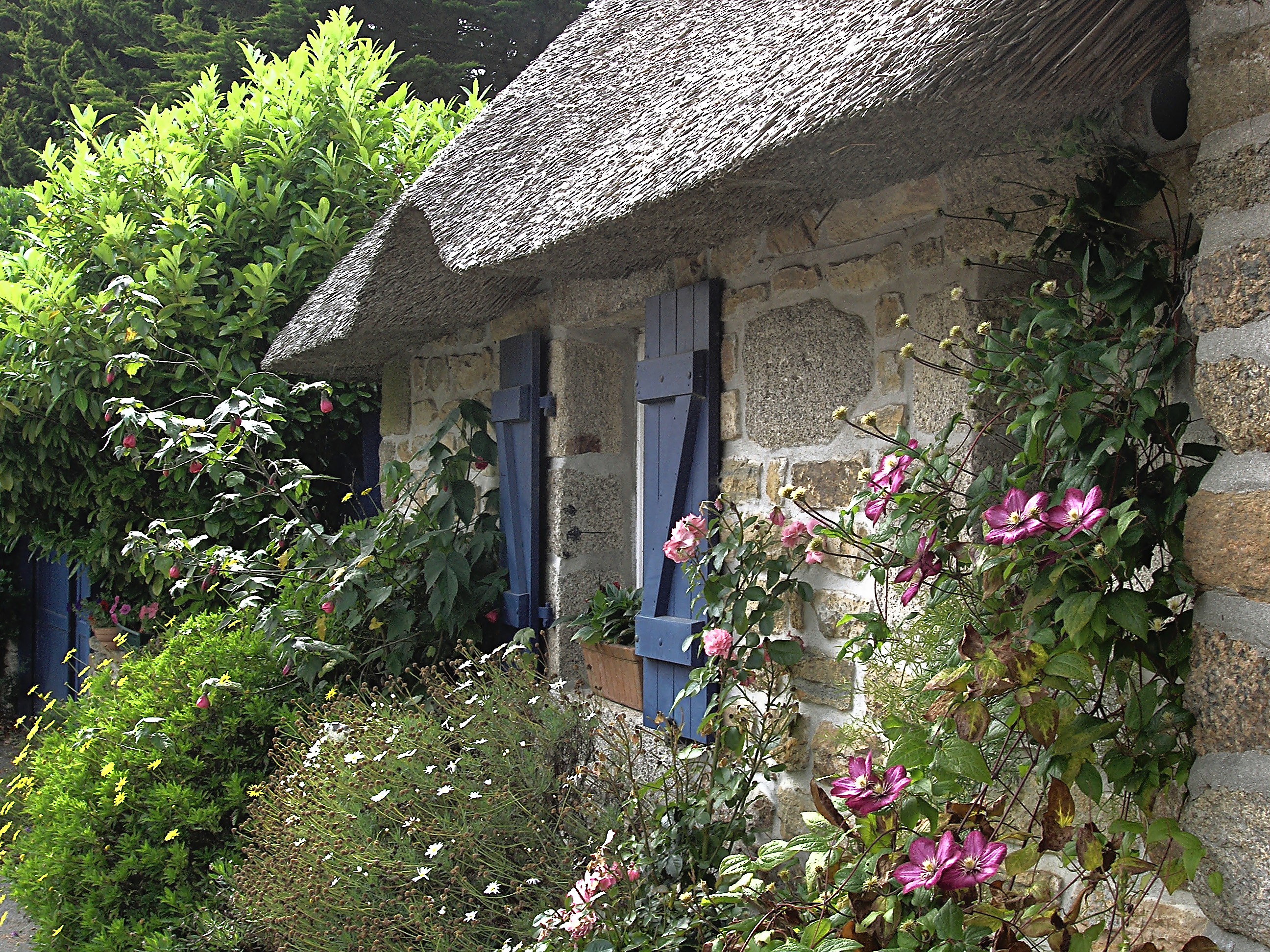

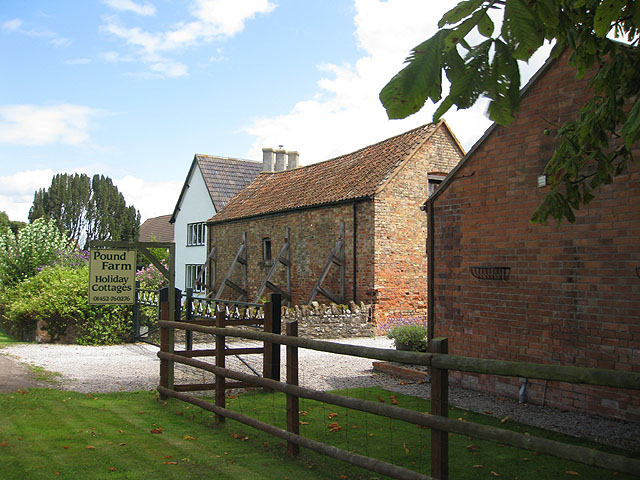
.jpg)
